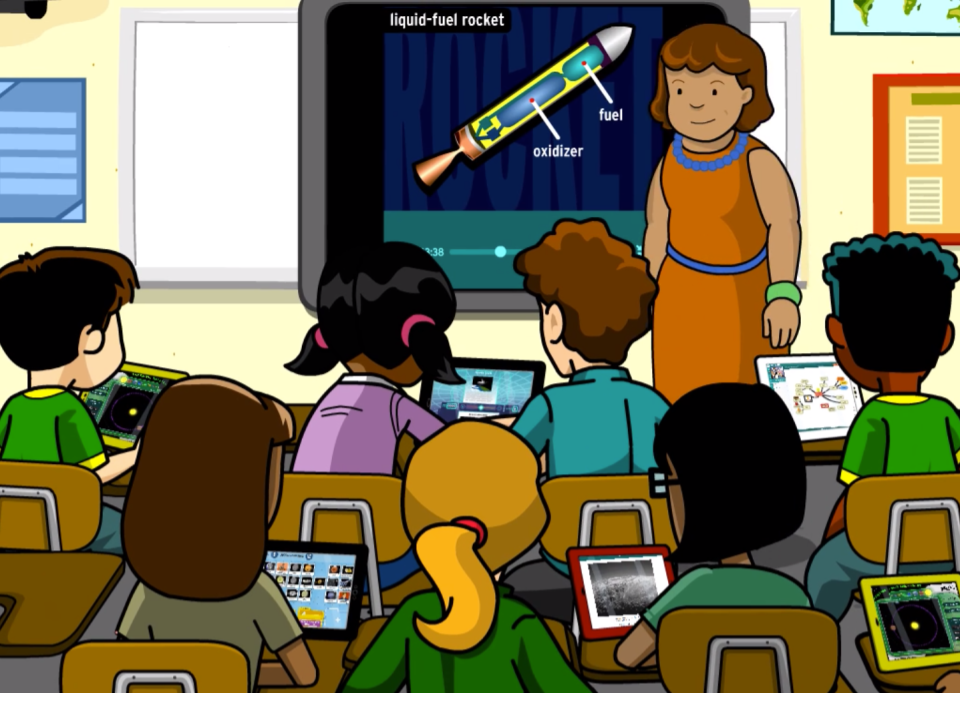Differentiating with Challenge
The BrainPOP Challenge activities require students to flexibly apply a range of thinking skills to demonstrate content knowledge. As a result, students may require different levels of support as they work through the activities. Following are tips and strategies for supporting students’ varying needs.
Flexible grouping. Group students with differing abilities so they can bring their strengths to the activity and help each other. Encourage students to practice recounting, discussing, or explaining. As they discuss the content of the Challenge task, they are naturally practicing academic discourse using domain-specific concepts.
Match students by language. Pair students who speak the same language so that they can provide language support to each other.
Model how to do a Challenge. Think aloud your steps and strategies. Be sure to explicitly name the strategy before modeling it to ensure that the strategy transfers to autonomous thinking.
Preview Challenge tasks. On a whiteboard or other display, open the movie in one tab and the associated Challenge in another. Students need not focus on right or wrong answers. The idea is to preview the tasks. You can switch back and forth from the movie to the Challenge as you need. As you do this, encourage students to organize their notes, with a section for each Challenge task.
Signal Words. Provide signal words, sentences starters, sentence frames, linking terms, and any language you think students need to discuss the task.
Academic Language Word Wall. Students will encounter similar academic language across multiple topics throughout the Challenge tasks. Create a class academic word wall for students to add to whenever they encounter similar language. For example, for the phrase contributed to, you may have the following in the word wall: added to, included, played a role in, participated in, supported, influenced, impacted, caused.






